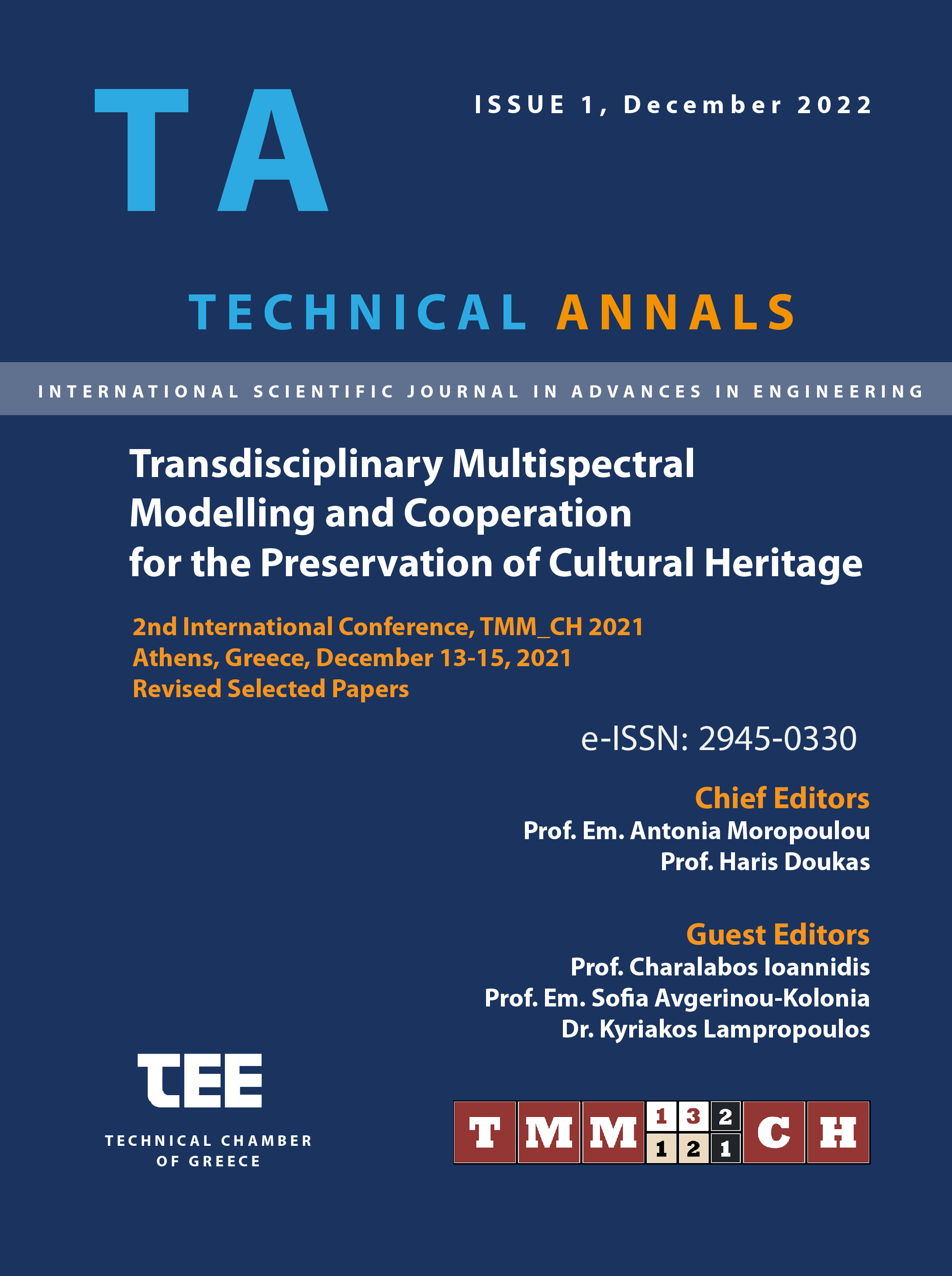Is "Authentic Tourism" a means of preserving living cultural heritage? A case study in Old Akko, Israel

Abstract
The goal of this paper is to question the idea of authenticity in the tourist industry, using the Old City of Akko (north Israel) as a case study. It will question the ability of tourism to serve as a tool for preserving living-cultural- heritage. Is there "authenticity" in tourism? Is cultural-based-tourism a means of preserving intangible heritage? Does cultural-based-heritage recreate heritage, invent heritage or is it just a means of creating experiences? Situated on a peninsula in North Israel, the old city of Akko is a vertical of many historical layers, from 5000 years ago till date. Imprints of tangible heritage from all periods and living intangible cultural heritage entwine with each other in the ancient allies of the city. Intensive excavations uncovered massive Middle-aged Crusader remains dated to the 12th and 13th century. They lie beneath the existing Ottoman fortified city, constructed in the 18th and 19th centuries. Akko of today is a vibrant city. Residents reside within these Ottoman buildings constructed 300 years ago. Updated research indicates that the cultural heritage of Akko includes many additional values. These include intangible heritage values that are practiced by these residents in the historic allies. This ‘Living Heritage’ is linked to the current community of the city and represents the ‘continuity’ of traditions and practices that comprise living dimensions and the continuity of traditions, skills, and craftspeople. Successful scientific research methods, documentation and safeguarding procedures of these intangible values are still developing. This paper will present examples of intangible heritage in the Historical Urban Landscapes of Akko and will question the ability of new touristic initiatives as a means of preserving this heritage and the spirit of the city. Some of these examples are led by the locals but most of the new initiatives are belong to entrepreneurs new to the city. They all offer an authentic experience in the city. They suggest a combination of visits to the main tourist attractions developed by the authorities and an opportunity to encounter living-traditional-culture aspects in the city. They include tours with local guides, living-in local houses, participating-in local traditional meals with the residents, meeting and watching various craftsmen or joining traditional community events. For tourists, these are unique opportunities that could be called "authentic experiences". For tourist experts these experiences are often regarded as means to present rare cultural heritage aspects. For the authorities, these experiences are regarded as new development resources and tools. For the locals these are new economic opportunities. So, is this a win-win-win-win situation? Are these initiatives means to preserve and safeguard the authentic intangible heritage values and the unique spirit of the city?
Article Details
- How to Cite
-
Shelley-Anne , P. (2022). Is "Authentic Tourism" a means of preserving living cultural heritage? A case study in Old Akko, Israel. Technical Annals, 1(1), 252–270. https://doi.org/10.12681/ta.32104
- Section
- Heritage and Tourism

This work is licensed under a Creative Commons Attribution-ShareAlike 4.0 International License.


